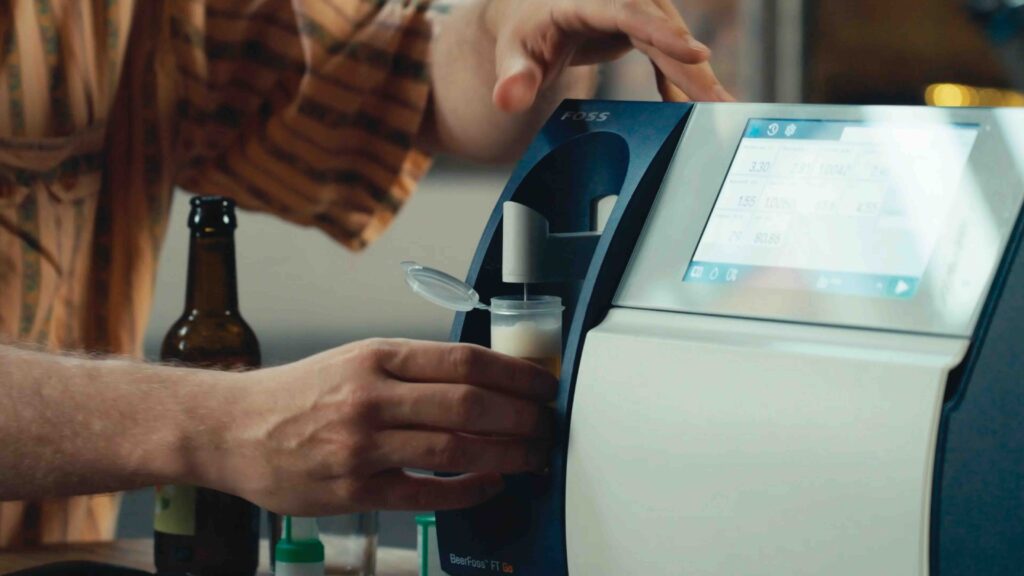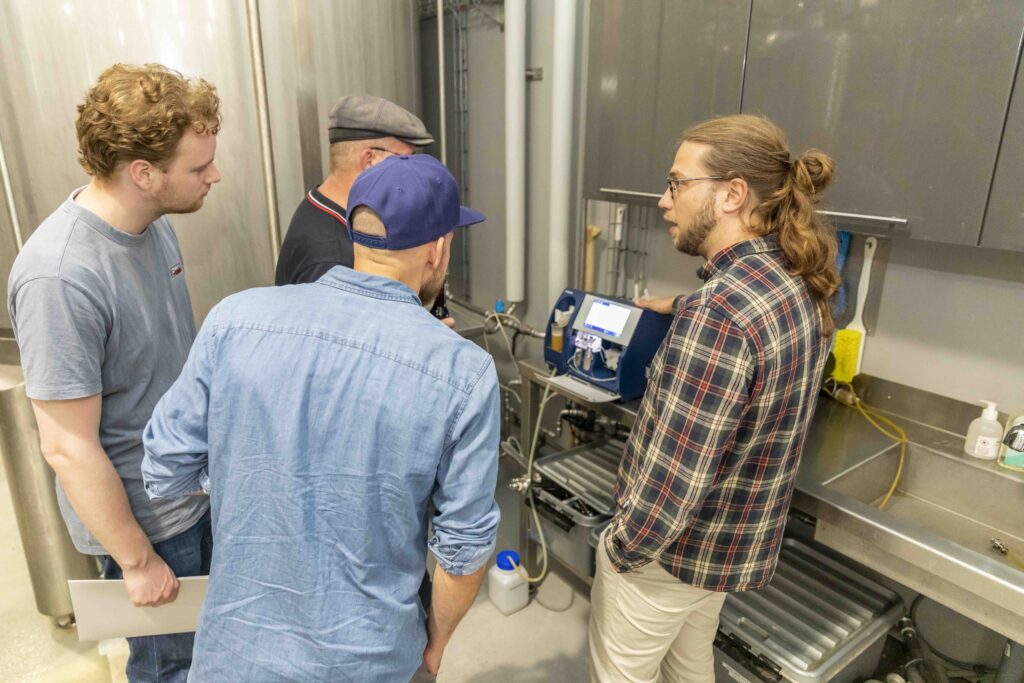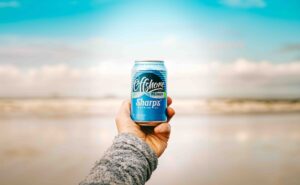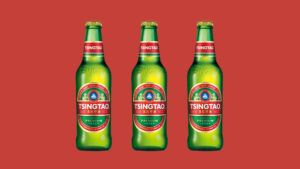Technology is far from being able to solve all of our problems, but it can help with some. Common definitions of sustainability has grown to include the 3 Ps – people, planet, and profit – and we will talk about how some data analytics solutions can positively impact your team, the planet, and your bottom line, explains Marian Elisa Reed from FOSS, a Danish analytics company.
It’s been an intense few years, no matter which part of the beer industry you work in. A pandemic gave way to supply chain challenges, inflation, insolvency, and to top it off – changing consumer tastes.
It has been hard to focus on anything other than survival and employee retention. But we are starting to see the new shape of the industry, and sustainability is thankfully becoming part of the dialogue again.
So let’s focus here, on sustainability. A word that is loaded with meaning, interpreted a million different ways, and frequently misused as a brand or profit tool. We will go through sustainability’s 3Ps here, people, planet, and profit, but in reverse order.
The quickest one to address is how focusing on sustainability can be profitable in a brewery. We all know how to optimize our processes – tweaking the grain bill to hit your targeted ABV, optimizing steeping and mashing temperatures, buying the right length hoses to minimize transfer waste, being mindful of water and utilities consumption.
If you are in a larger brewery, you may also be looking at CO2 recapture and water reclamation/treatment as well. All of these actions have direct sustainability benefits.
Let’s take an example in grain consumption – in craft beer, many breweries aim a bit over the targeted ABV in order to not rip customers off (while staying within their regional taxation reporting requirements).
So what does it mean when you can remove one 25kg bag of grain from your recipes, while still giving your consumers the beer they want at the ABV you promise?
What does that savings mean over a month or a year? In short, you are then shipping less grain, using less grain, producing less waste, and having better extraction in your wort production. It seems simple, but this is a sustainable way to approach brewing.
Each of those actions can decrease your carbon footprint. So here, you directly see profitability integrating with that second P, planet.
And to continue with this grain example over to the people side of things, what if you can be sure that you are hitting the right ABV, regardless of who takes the measurement since you don’t need to prepare your wort or samples for measurement?
What does it mean when you have an archive of data that can better inform your production decisions?
This means that your teams’ work day is simplified, anyone can step in and support your QC team (or anyone can be part of your QC team).
It also means that the team can learn more together – data enables understanding and can help facilitate decision making. Having an instrument that helps you get the results in a way that makes sense for your team’s needs is helpful.
Let’s focus a bit more on people. Nothing in a brewery happens without the team, they truly define the brewery’s brand.
Much is asked from the operations and production team in a busy and literally pressure-filled environment (the best advice I received my first day working in a brewery, from the best of all Yorkshire men, was ‘never forget a brewery is always trying to kill you’. His advice certainly saved me a fractured foot from a steel keg incident, but I digress).
And more will be continued to be asked from the team – Sales and marketing will need to figure out how to inform the production schedule as consumer tastes continue to evolve, and production will need to figure out how to maintain a high quality product throughout this journey, frequently learning on the fly.
How can this be done in a sane, sustainable, considerate way that does not shift more pressure onto team members who have been greatly impacted by the changing economic conditions?
To be blunt, we at Foss love our BeerFoss FT Go, but we are well aware that one instrument can’t do everything. But here is what it ccan do for you.

It needs no sample prep, no sample degassing, nothing. It uses midrange infrared (FTIR) lasers to analyze wort, beer and hard seltzer, and it works very fast.
You can take a sample from your tank, walk over to the instrument and press go. It doesn’t need sample prep since CO2 is eliminated by the instrument, and there is a 55micron particle filter included with the sample tubes.
It takes only a few seconds for even the highest gravity, biggest dry-hopped beers, to seep through the filter.
BeerFoss currently measures ABV, density, SG, extracts, pH, calories, RDF, and ADF, and can be used to measure wort, fermenting beer, finished beer, and finished hard seltzer.
Because it is a turnkey solution, there is chance for operator error, anyone can measure any beer on a BeerFoss. I used to joke that it is so easy that a GM can do it, and I stand by this.
It also is designed with the user in mind, meaning there is no need to calibrate it, it is self-cleaning, And of course, the instrument has highly repeatable and accurate results. It has received satisfactory results in LGC/BAPS ring tests, and is currently undergoing a full methodology accreditation with all internationally-recognized standards.
There is a business saying that ‘you can’t manage what you can’t measure’. When it comes to achieving sustainability goals, measurements are key.
How much time is your team now saving since they don’t have to waste an hour preparing samples?
How does this make their work day better? How much money are you actually saving when you trim your malt bill? And while BeerFoss can’t resolve the big industry problems, it certainly give you the data you need to make your decisions.









